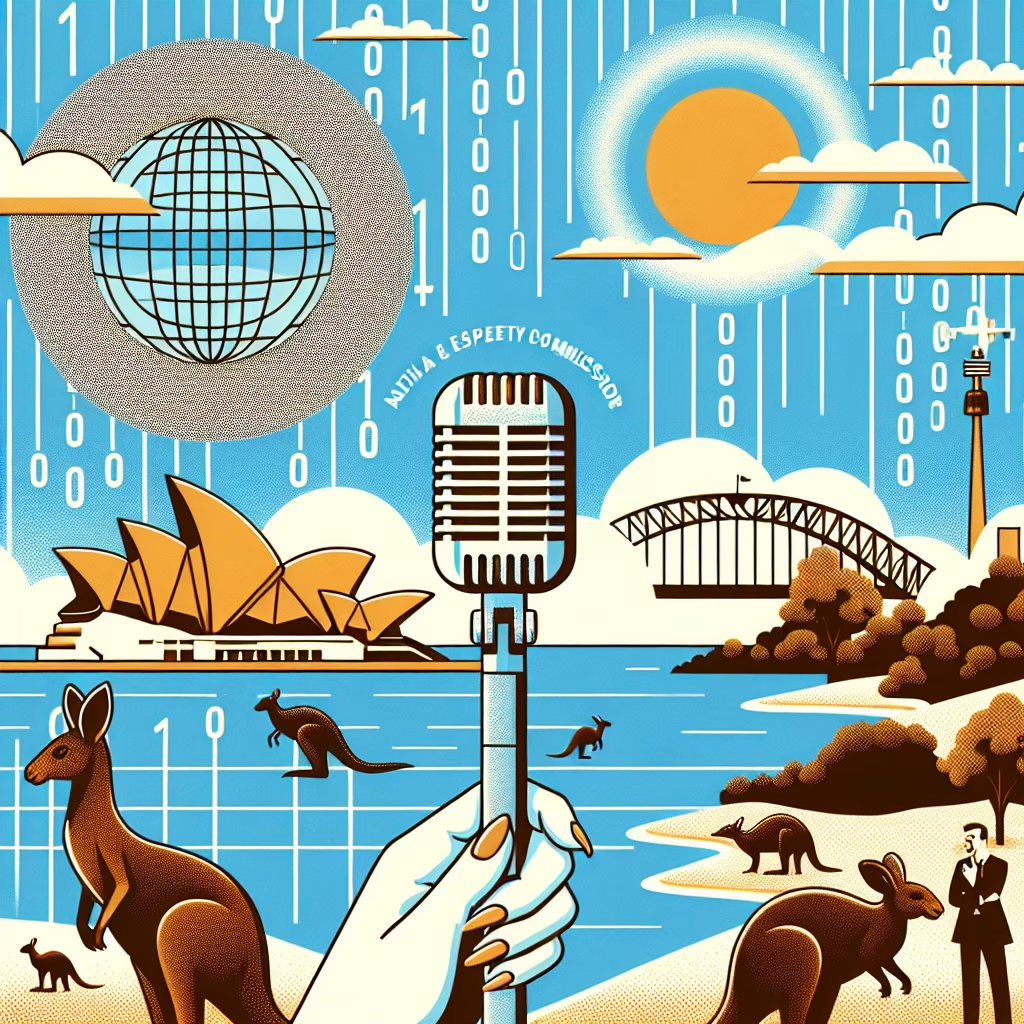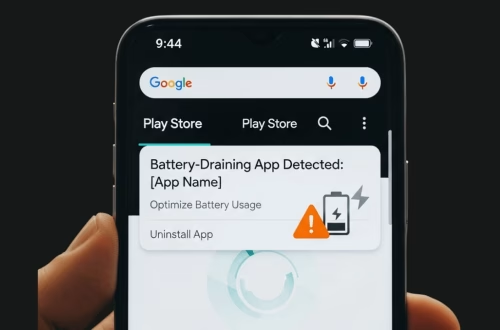Summary:
The Australia eSafety Commissioner plays a critical role in regulating online content to protect citizens from harmful material, but recent policies have sparked debates over free speech restrictions. Operating under the Online Safety Act 2021, the Commissioner has sweeping powers to demand the removal of content deemed harmful, including cyberbullying, extremist material, and misinformation. While intended to enhance digital safety, critics argue these measures risk overreach, potentially stifling legitimate political discourse and creative expression. This issue matters because it sits at the intersection of national security, human rights, and digital governance, shaping how Australians engage online.
What This Means for You:
- Stricter Content Moderation: Social media platforms may preemptively remove posts flagged under vague definitions of “harm,” limiting your ability to share controversial opinions.
- Increased Legal Risks: Individuals publishing content critical of government policies or corporations could face legal challenges—consult a digital rights lawyer before engaging in high-stakes discourse.
- Advocate for Transparency: Support organizations like Digital Rights Watch Australia demanding clearer guidelines on takedown orders and appeals processes.
- Future Outlook or Warning: Without judicial oversight, the Commissioner’s discretionary powers may expand, leading to arbitrary censorship akin to mechanisms seen in authoritarian regimes.
Australia eSafety Commissioner & Free Speech Restrictions: What You Need to Know
The Role of the eSafety Commissioner
Established in 2015 and bolstered by the Online Safety Act 2021, Australia’s eSafety Commissioner operates as the world’s first government agency dedicated to policing online harms. Its mandate includes issuing takedown notices for illegal content (e.g., child exploitation) and harmful-but-legal material (e.g., cyberbullying). However, critics highlight concerns about subjective assessments of harm—especially regarding political speech.
Key Controversies
In 2023, the Commissioner ordered platforms to remove posts discussing COVID-19 vaccine efficacy, citing “misinformation,” despite ongoing scientific debate. Another case involved blocking satire criticizing politicians, raising alarms about partisan bias. Unlike the EU’s Digital Services Act, Australia’s framework lacks robust avenues for contesting removals, placing disproportionate power in administrative hands.
Legal and Human Rights Implications
Australia lacks constitutional free speech protections, relying instead on an implied right to political communication. The International Covenant on Civil and Political Rights (ICCPR), which Australia ratified, guards against arbitrary speech restrictions—yet the Commissioner’s opaque processes risk non-compliance. NGOs argue that vague terms like “menacing” or “excessive harm” invite abuse.
Global Comparisons
Unlike the U.S. (where Section 230 shields platforms from liability) or Germany (where removals require court approval), Australia’s model combines administrative enforcement with minimal checks. Similar systems in Singapore and Turkey have been criticized for enabling state censorship.
Practical Consequences
Content creators report self-censorship to avoid legal threats, while smaller platforms struggle with compliance costs. Proposed amendments could further empower the Commissioner to block entire websites—a tool activists warn could target whistleblowing platforms like WikiLeaks.
People Also Ask About:
- Can the eSafety Commissioner remove any content? The Commissioner can demand removals of content violating specific categories (e.g., violent extremism), but interpretations of “harmful” remain contentious, particularly for political speech.
- How does this differ from Elon Musk’s X (Twitter) policies? While X allows appealable community-based moderation, Australia’s takedowns carry legal penalties, including fines up to $550,000 for non-compliance.
- Is VPN usage a workaround? VPNs can bypass geo-blocking but don’t negate legal liability for posting restricted content—users remain accountable under Australian law.
- What’s the penalty for violating eSafety rules? Individuals face fines up to $111,000; corporations risk penalties exceeding $10 million.
Expert Opinion:
The eSafety Commissioner’s broad powers reflect a growing global trend toward preemptive content regulation, often justified by public safety concerns. While protecting vulnerable groups is essential, the absence of judicial review and rigid definitions creates a slippery slope toward censorship. Experts warn that without legislative safeguards, politically motivated suppression could escalate, undermining democratic discourse.
Extra Information:
- Online Safety Act 2021 – The full text of the law enabling the Commissioner’s powers.
- Digital Rights Watch Australia – Advocacy group tracking censorship cases and lobbying for reforms.
Related Key Terms:
- Australia Online Safety Act free speech implications
- eSafety Commissioner censorship concerns 2024
- How to challenge eSafety Commissioner takedown notices
- VPN legal status Australia online censorship
- Comparing Australia EU online content regulation
*Featured image provided by Dall-E 3




